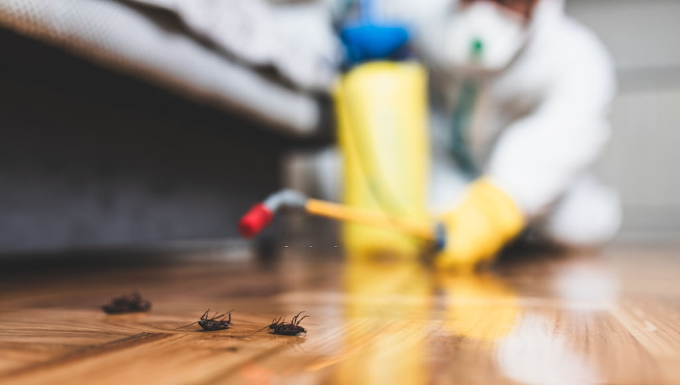The Canadian Bison is one of the most endangered species on Earth. The current population stands at a mere 40,000 animals. However, conservation efforts are underway to bring the bison back into the wild. Learn more about this magnificent animal through our resources below. Read about their History, Habitat, Diet, and Conservation efforts.
Conservation Efforts
Conservation efforts for Canadian bison are an important part of the country's ecosystem. These large mammals are important to their habitat and are a keystone species. Conservation efforts will help bison thrive as a native species and help the Great Plains ecosystem as a whole. In Banff National Park, for example, the conservation efforts of Parks Canada will help the bison return to a region that has experienced a drastic decline in their numbers.
Habitat
The habitat of the Canadian bison varies depending on its species and location. Female bison may live in herds of twenty animals, and young male bison may live in smaller groups. They may also live together with a female bison, particularly during the breeding season. Bison have very good hearing and olfactory senses. They can distinguish large objects from 2 km away and can communicate by vocalizations and chemical cues. They are grazers that feed on grasses year-round. When grass is scarce, they feed on sagebrush. Their diet contains 1.6% of their body mass each day, and they need water to stay healthy.
Diet
The Diet of Canadian Bison differs from the diet of human beings in many ways. For example, bison that live in cold climates have lower protein needs than those that live in warm climates. They also have a larger variation in dietary quality and composition depending on the time of year.
History
The history of the Canadian Bison goes back a long way. Bison first came to Canada in the 1840s when private landowners started domesticating them. In 1907, the Canadian government bought these herds and brought them into the Elk Island National Park. Bison grew in numbers and were eventually moved to other national parks, such as Yellowstone.
Reintroduction
The reintroduction of Canadian bison is underway in Banff National Park. The project aims to restore bison as a natural part of the ecosystem in the park, where they coexist with the park's native wolves and bears. In order to get the eatifitcooking bison population back on track, researchers first disease-tested 10 pregnant female bison and radio collared 10 young bull bison. They were then herded into five shipping containers, with bison horns taped to protect them during transport.
Population Fluctuation
The population fluctuation of Canadian bison may be due to a number of factors. These factors include climate change, fire suppression, and habitat loss. Fire suppression has a negative impact on bison because it reduces available forage and habitat. It also increases the risk of starvation.










